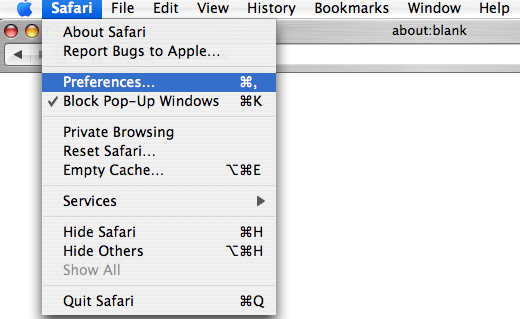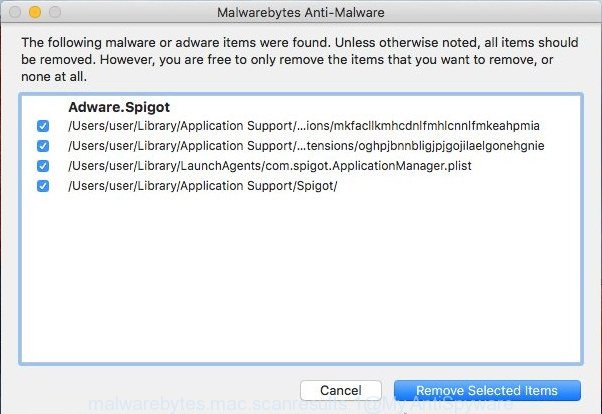What is AproditeSearch
According to security researchers, AproditeSearch is a PUP (potentially unwanted program) that belongs to category of Adware (also known as ‘adware software’). Adware is a type of invasive software — which can infect MACs — randomly reroute your web-browser to certain web-sites so the owners of those sites can make revenue by displaying advertisements to visitors. It’s not a good idea to have installed adware software. The reason for this is simple, it doing things you don’t know about. And of course you completely don’t know what will happen when you click anything in the the advertisements.

Unwanted ads
Does adware software steal your confidential information? Adware can collect privacy data, including:
- IP addresses;
- URLs visited;
- search queries/terms;
- clicks on links and ads;
- web-browser version information.
Threat Summary
| Name | AproditeSearch |
| Type | adware software, potentially unwanted application (PUA), pop up advertisements, pop up virus, pop ups |
| Symptoms |
|
| Removal | AproditeSearch removal guide |
How does Adware get on your MAC system
Adware spreads along with various freeware. This means that you need to be very careful when installing applications downloaded from the Internet, even from a large proven hosting. Be sure to read the Terms of Use and the Software license, select only the Manual, Advanced or Custom installation method, switch off all third-party web-browser extensions and software are offered to install.
Adware software is usually written in ways common to malicious software, spyware and hijackers. In order to get rid of adware software and thereby remove AproditeSearch adware, you will need execute the following steps or use free adware removal utility listed below.
How to remove AproditeSearch adware on Mac
There are several steps to removing the AproditeSearch adware that causes a large number of annoying pop ups, because it installs itself so deeply into Windows. You need to uninstall all suspicious and unknown software, then delete malicious plugins from the Safari, Firefox and Chrome and other web-browsers you have installed. Finally, you need to reset your browser settings to remove any changes the adware has made, and then scan your MAC system with MalwareBytes AntiMalware (MBAM) to ensure the adware software is fully removed. It will take a while.
To remove AproditeSearch, complete the steps below:
- How to manually delete AproditeSearch
- Automatic Removal of AproditeSearch
- Run AdBlocker to stay safe online
- To sum up
How to manually delete AproditeSearch
The step-by-step tutorial developed by our team will help you manually remove AproditeSearch adware from your internet browser. If you have little experience in using computers, we suggest that you use the free utilities listed below.
Delete AproditeSearch related programs through the Finder
We suggest that you begin the MAC system cleaning procedure by checking the list of installed programs and delete all unknown or dubious software. This is a very important step, as mentioned above, very often the malicious applications such as adware and hijackers may be bundled with freeware. Remove the unwanted software can delete the unwanted advertisements or web-browser redirect.
Open Finder and click “Applications”.

It will show a list of all programs installed on your computer. Scroll through the all list, and uninstall any dubious and unknown apps. Right click to questionable program and choose “Move to Trash”. Another method is drag the program from the Applications folder to the Trash.
Most important, scroll through the all list, and move to trash any unknown applications. Don’t forget, choose Finder -> Empty Trash.
Delete AproditeSearch adware from Safari
If you find that Safari browser settings like homepage, search provider and newtab having been modified by AproditeSearch adware, then you may restore your settings, via the reset internet browser procedure.
Run Safari web-browser. Next, select Preferences from the Safari menu.

First, click the “Security” tab. Here, select “Block pop-up windows”. It will block some types of pop ups.
Now, click the “Extensions” tab. Look for suspicious extensions on left panel, select it, then click the “Uninstall” button. Most important to get rid of all dubious extensions from Safari.
Once complete, check your start page and search engine settings. Click “General” icon. Make sure that the “Homepage” field contains the website you want or is empty.

Make sure that the “Search engine” setting shows your preferred search engine. In some versions of Safari, this setting is in the “Search” tab.
Remove AproditeSearch adware from Chrome
This step will show you how to reset Google Chrome browser settings to default values. This can remove AproditeSearch ads and fix some browsing problems, especially after adware infection. It will keep your personal information like browsing history, bookmarks, passwords and web form auto-fill data.

- First run the Google Chrome and click Menu button (small button in the form of three dots).
- It will open the Google Chrome main menu. Select More Tools, then click Extensions.
- You’ll see the list of installed addons. If the list has the extension labeled with “Installed by enterprise policy” or “Installed by your administrator”, then complete the following steps: Remove Chrome extensions installed by enterprise policy.
- Now open the Google Chrome menu once again, click the “Settings” menu.
- You will see the Chrome’s settings page. Scroll down and click “Advanced” link.
- Scroll down again and click the “Reset” button.
- The Google Chrome will open the reset profile settings page as shown on the screen above.
- Next click the “Reset” button.
- Once this procedure is finished, your browser’s newtab page, search provider by default and homepage will be restored to their original defaults.
- To learn more, read the article How to reset Google Chrome settings to default.
Get rid of AproditeSearch from Firefox by resetting internet browser settings
If the Firefox settings like newtab, search provider by default and home page have been replaced by the adware software, then resetting it to the default state can help. However, your saved bookmarks and passwords will not be lost. This will not affect your history, passwords, bookmarks, and other saved data.
First, start the Firefox and press ![]() button. It will show the drop-down menu on the right-part of the browser. Further, click the Help button (
button. It will show the drop-down menu on the right-part of the browser. Further, click the Help button (![]() ) such as the one below.
) such as the one below.

In the Help menu, select the “Troubleshooting Information” option. Another way to open the “Troubleshooting Information” screen – type “about:support” in the web browser adress bar and press Enter. It will open the “Troubleshooting Information” page as shown in the figure below. In the upper-right corner of this screen, press the “Refresh Firefox” button.

It will show the confirmation prompt. Further, click the “Refresh Firefox” button. The Firefox will start a task to fix your problems that caused by the AproditeSearch adware software. When, it is finished, click the “Finish” button.
Automatic Removal of AproditeSearch
Run malware removal tools to remove AproditeSearch adware automatically. The free software utilities specially made for hijackers, adware software and other potentially unwanted apps removal. These tools can delete most of adware software from Safari, Chrome and Mozilla Firefox. Moreover, it may remove all components of adware software from Windows registry and system drives.
Remove AproditeSearch adware with MalwareBytes Free
You can get rid of AproditeSearch adware software automatically with a help of MalwareBytes Free. We recommend this free malware removal tool because it can easily delete hijacker infection, adware, PUPs and toolbars with all their components such as files, folders and registry entries.
Download MalwareBytes from the following link.
20949 downloads
Author: Malwarebytes
Category: Security tools
Update: September 10, 2020
Once the download is done, close all windows on your Apple Mac. Further, run the saved file. Follow the prompts.
The MalwareBytes will automatically launch and you can see its main window as shown in the figure below.
Next, click the “Scan Now” button to scan for AproditeSearch adware that causes multiple annoying ads and popups. While the MalwareBytes is scanning, you can see how many objects it has identified either as being malware.

As the scanning ends, MalwareBytes AntiMalware (MBAM) will open a list of detected threats. In order to delete all items, simply click “Remove Selected Items” button.

The MalwareBytes will delete AproditeSearch and move threats to the program’s quarantine.
Run AdBlocker to stay safe online
We recommend to install an ad blocking program which can block malicious and other unwanted web-sites. The ad blocker utility like AdGuard is a application that basically removes advertising from the Internet and stops access to malicious webpages. Moreover, security experts says that using adblocker apps is necessary to stay safe when surfing the Internet.

Visit the page linked below to download the latest version of AdGuard for Mac OS.
3755 downloads
Author: © Adguard
Category: Security tools
Update: January 17, 2018
When the download is done, start the downloaded file. You will see the “Setup Wizard” screen. Follow the prompts.
Each time, when you start your computer, AdGuard will start automatically and stop intrusive pop up advertisements, block malicious or misleading web-pages.
To sum up
After completing the few simple steps shown above, your MAC system should be clean from this adware software and other malware. The Mozilla Firefox, Chrome and Safari will no longer open the AproditeSearch ads when you surf the Internet. Unfortunately, if the steps does not help you, then you have caught a new adware software, and then the best way – ask for help.
Please create a new question by using the “Ask Question” button in the Questions and Answers. Try to give us some details about your problems, so we can try to help you more accurately. Wait for one of our trained “Security Team” or Site Administrator to provide you with knowledgeable assistance tailored to your problem with the undesired AproditeSearch adware.

















